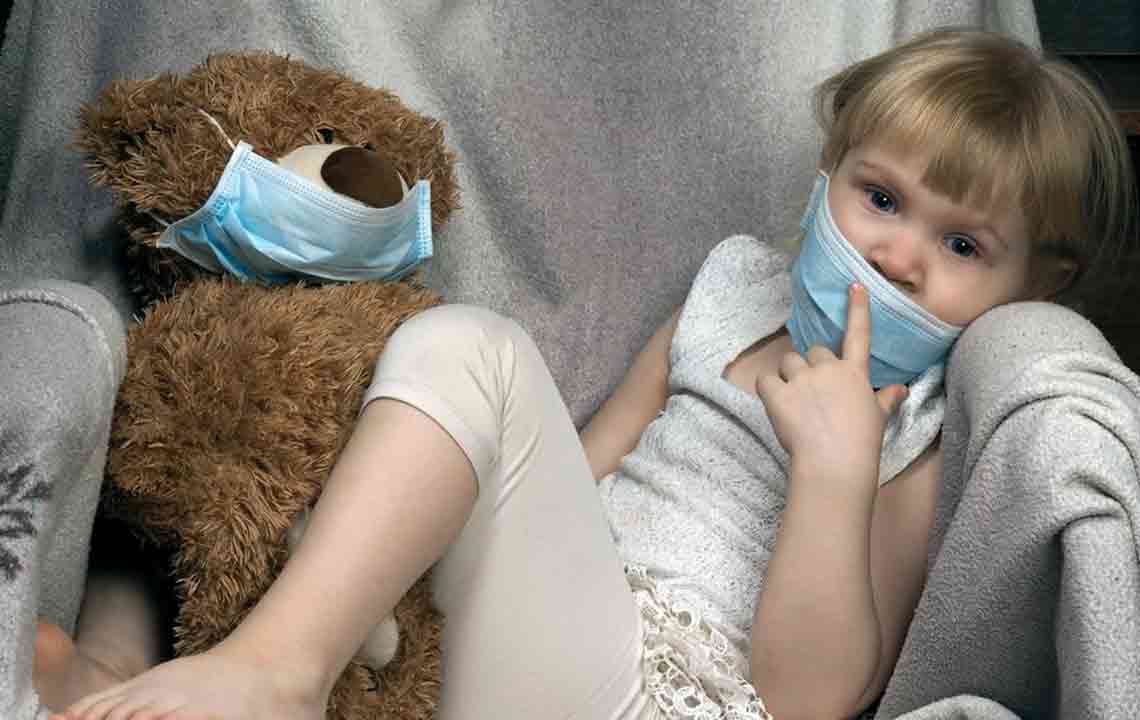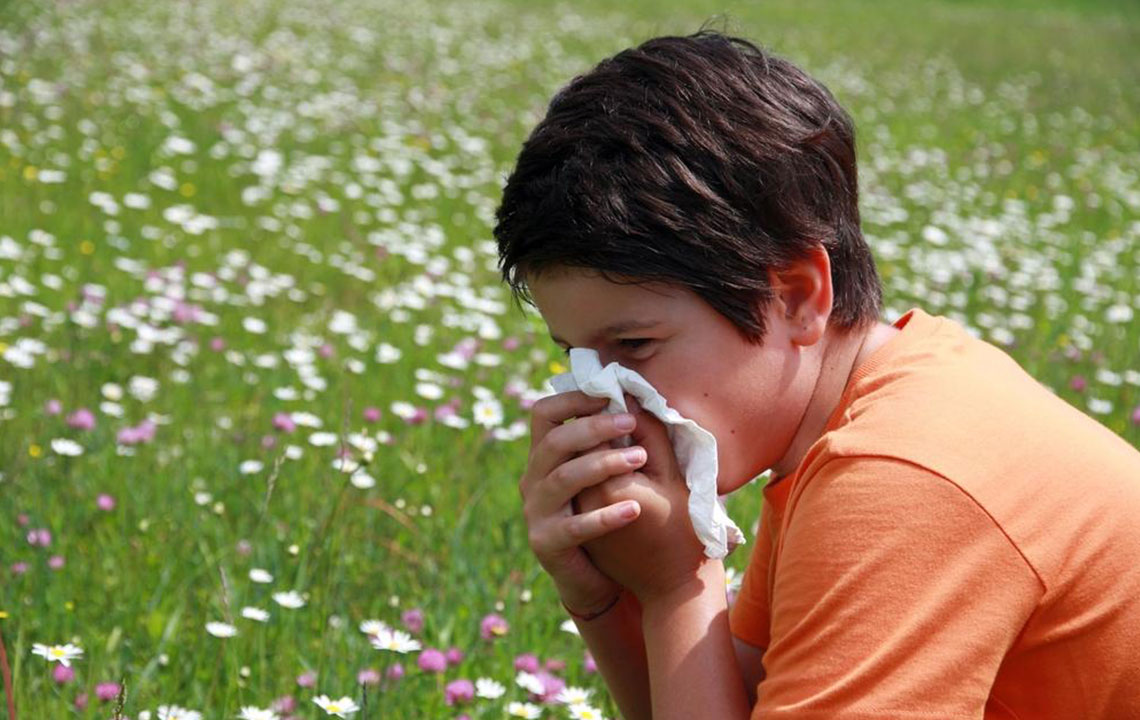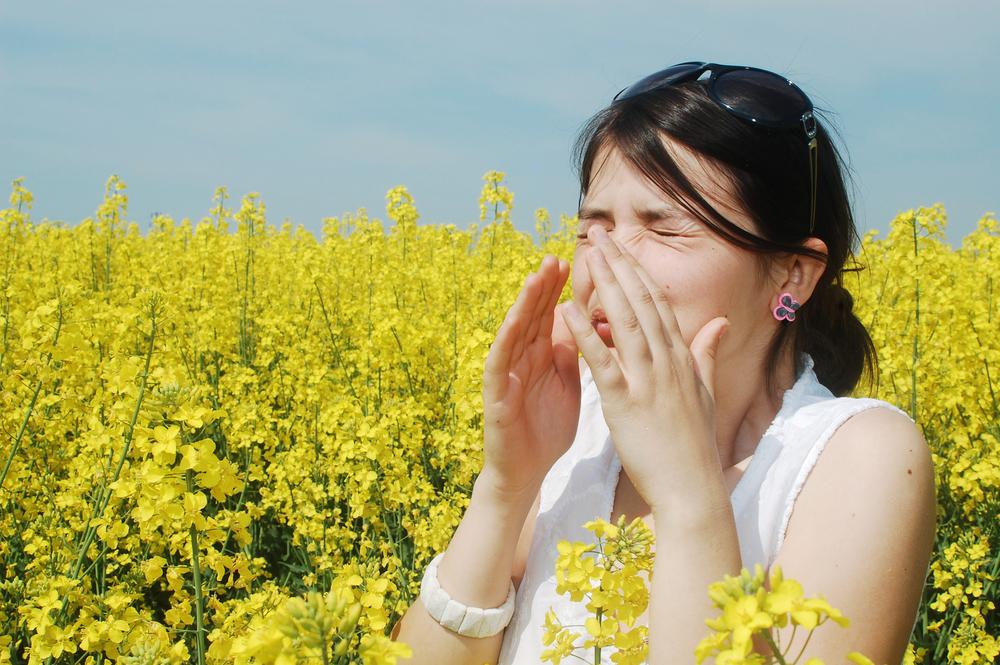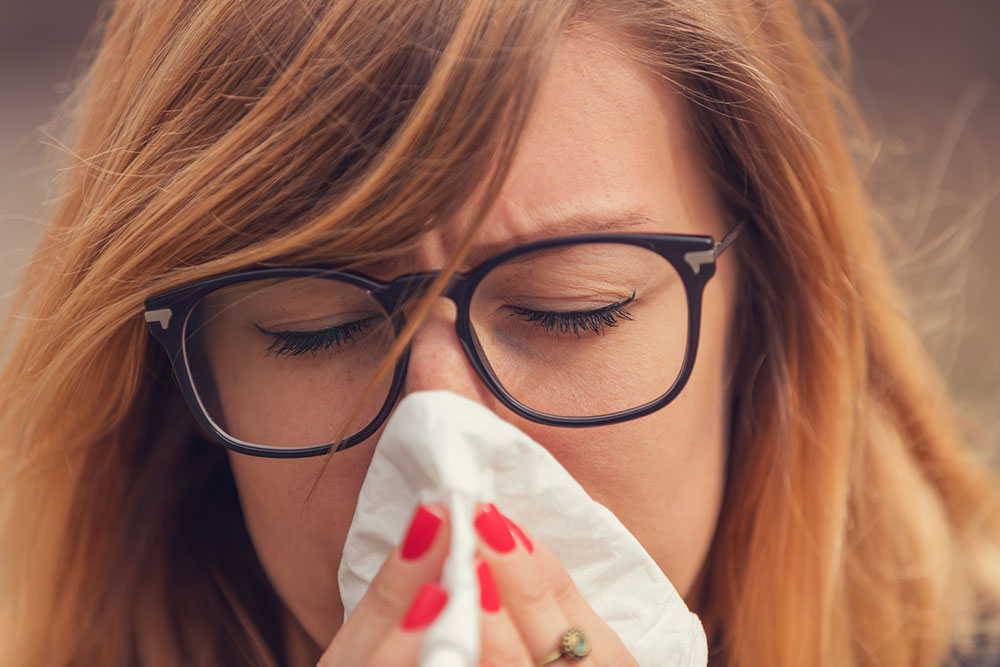Comprehensive Guide to Children's Allergies: Essential Knowledge for Parents
This comprehensive guide provides parents with essential knowledge about childhood allergies, including common triggers, symptoms, and treatment options. Understanding how to identify and manage allergies early can prevent complications and improve children's quality of life. The article emphasizes the importance of environmental control, genetic factors, and timely medical intervention to ensure children’s health and growth. Suitable for parents and caregivers, this detailed overview aims to empower them with the information needed to protect their children's well-being from allergy-related issues.

Understanding and Identifying Allergies in Children
Recognizing whether your child is suffering from allergies or simply experiencing a common cold can be a complex task for many parents. Young children, due to their limited ability to communicate symptoms accurately, often leave parents feeling uncertain about the cause of their health issues. Proper identification of allergy symptoms versus typical illnesses is crucial for prompt and effective management. This extensive guide aims to provide parents with detailed insights into common allergy triggers, warning signs to watch for, and appropriate treatment options to help ensure their children's health and well-being.
Knowing how to differentiate between allergies and other illnesses not only helps in seeking timely medical intervention but also prevents potential complications. From environmental allergens to dietary triggers, understanding the variety of factors that can provoke allergic reactions in children is vital. Here, we delve into the primary causes, symptoms to monitor, and the best management practices tailored for young patients.
Common Causes and Triggers of Allergies in Children
Children are especially vulnerable to allergies because their immune systems are still developing. This immature immune response can sometimes overreact to harmless substances, mistaking them for dangerous invaders. Because of this, a child's environment, diet, and genetic background play significant roles in allergy development.
Parents and caregivers must be diligent in observing and managing their children's environment. Keeping track of potential allergens in the home, school, and outdoor settings is essential. Moreover, understanding family history—specifically, if allergies are common in parents or close relatives—can help predict the likelihood of a child developing similar sensitivities. Allergic reactions can be triggered by a variety of factors, some within control and others partly genetic, requiring both awareness and proactive measures. The primary allergens that commonly affect children include:
Environmental Allergens
Pollen from trees, grasses, weeds, insect bites, and stings are notable environmental triggers. These can cause seasonal allergic reactions and must be managed during high pollen seasons.
Indoor and Home Allergens
Pet fur, pet dander, accumulated dust mites, mold spores, and indoor mold growth often lead to allergic responses. Regular cleaning and allergen control can reduce these triggers.
Other Contributing Factors
Exposure to cigarette smoke, incense fumes, vehicle exhausts, strong perfumes, and deodorants can exacerbate allergy symptoms or trigger new sensitivities.
Food Allergens
Many children have food intolerances and allergies, with common culprits including wheat, peanuts, dairy products, fish, and soy. Identifying and avoiding these foods can significantly reduce allergy-related health issues.
If you suspect your child is experiencing allergic reactions, it’s important to be aware of several common conditions that often affect children:
Hay Fever (Allergic Rhinitis)
This is the most widespread allergy among children, characterized by symptoms such as a persistent runny nose, sneezing, itching, redness, and watering of the eyes, and nasal congestion. Despite its name, hay fever does not cause fever and is unrelated to hay itself. Managing this condition with appropriate allergy medications can greatly improve a child's quality of life.
Nasal Obstruction and Congestion
Nasal blockage can interfere with sleep, cause mouth breathing, and impact facial growth if not treated early. Treatments may include antihistamines or nasal sprays prescribed by healthcare providers.
Ear Infections
Allergies may lead to fluid buildup in the middle ear, resulting in infections, itching, discomfort, or even temporary hearing loss. Addressing these symptoms promptly can prevent further complications, including speech delays or developmental issues.
Food Allergies and Reactions
Reactions such as skin rashes, hives, persistent diarrhea, or vomiting in infants might be signs of food allergies. Allergy testing helps identify specific food sensitivities, allowing for targeted elimination diets. Common food allergens include milk, eggs, wheat, fish, and peanuts. Many children outgrow certain allergies, like milk and wheat, but some, notably peanut allergies, tend to persist into adulthood.
Effective management of allergic reactions often involves medications such as antihistamines (like Cetirizine, Benadryl, or Allerga) or leukotriene receptor antagonists such as Singulair. These medications can prevent severe allergic responses and alleviate symptoms, making life more comfortable for affected children.
Genetics significantly influence allergy development. Children with a family history of allergies—whether parents or close relatives—are at a higher risk. Early allergy testing can be instrumental in preventing more serious conditions like asthma and ensuring healthy growth. Moreover, informing schools about your child's allergies allows for necessary precautions—especially regarding food allergies during school meals—to prevent accidental exposures.
In conclusion, understanding the various factors that contribute to allergies in children, along with early recognition and treatment, is vital for safeguarding their health. Proactive management, environmental control, and medical intervention can help children lead happy, healthy lives free from the discomfort and risks associated with allergies.





